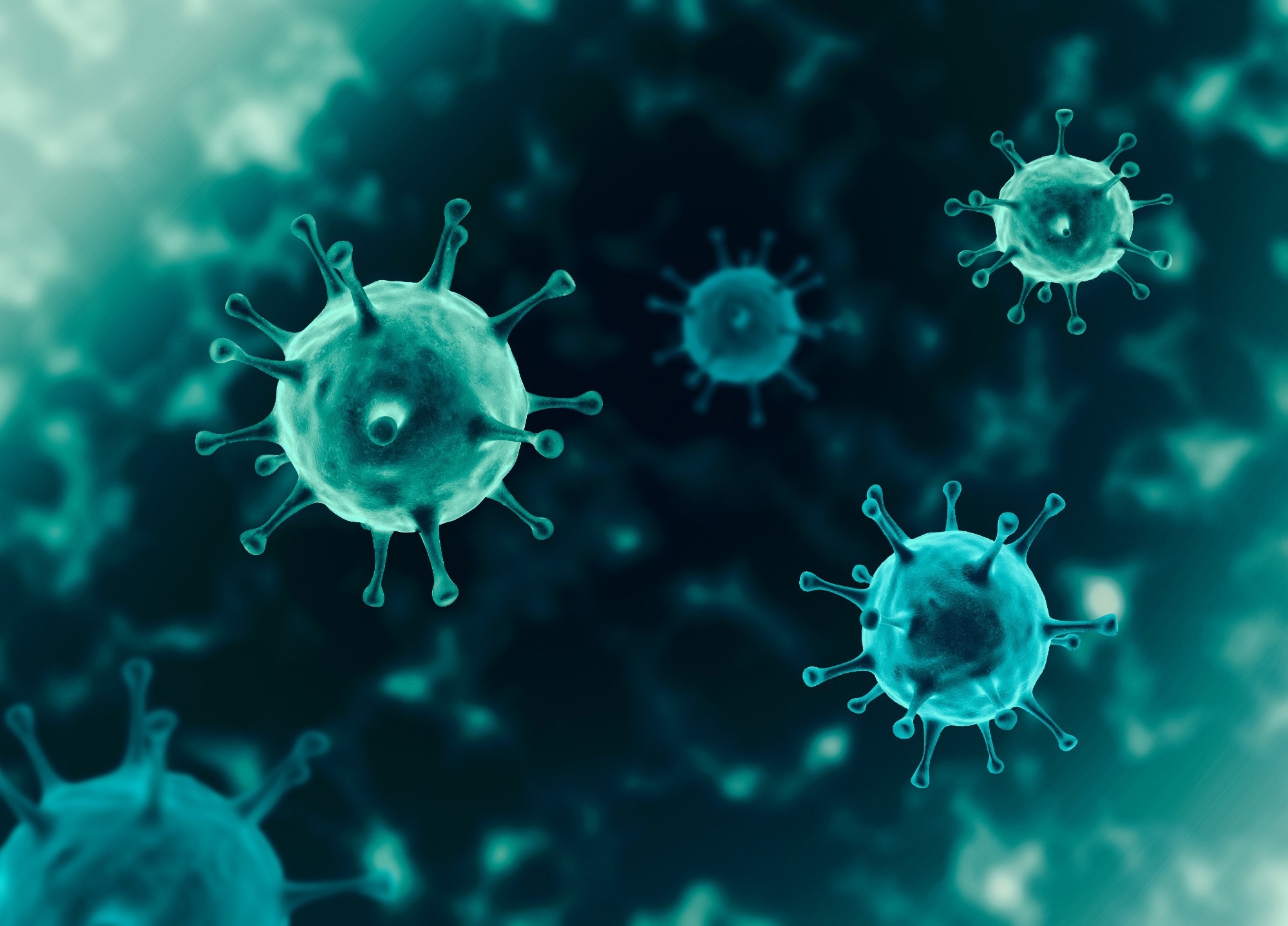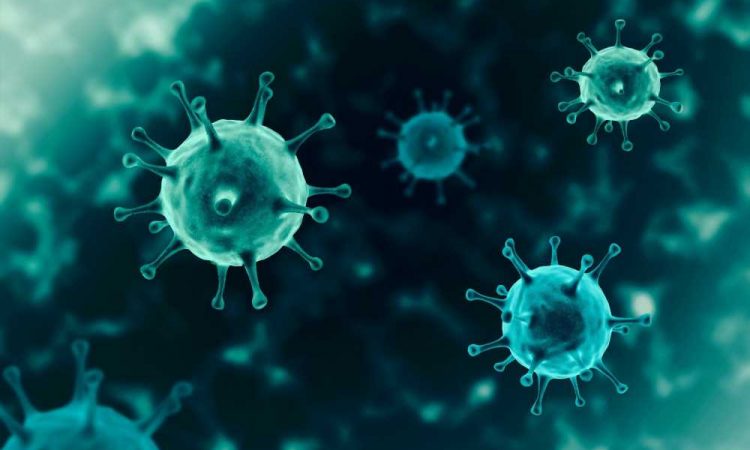Severe acute respiratory syndrome coronavirus-2 (SARS-CoV-2), the causal agent of the ongoing coronavirus disease 2019 (COVID-19) pandemic, has undergone genomic mutations, which have led to the emergence of new variants.
On characterization, these variants were found to be different from the ancestral strain regarding virulence, transmission rate, and capacity to evade the immune responses elicited via natural infection or COVID-19 vaccination.

Background
Recurrent surges in COVID-19 cases are due to the continual emergence of new SARS-CoV-2 variants that are resistant to neutralizing antibodies. However, prolonged exposure to the antigen leads to the development of diverse memory B-cells that produce affinity matured receptor binding domain (RBD)-specific antibodies, thereby protecting individuals against severe infection.
RBD-specific antibodies generated via COVID-19 vaccination or natural infection are grouped into four prototype classes. Two types of antibodies, belonging to classes 1 and 2, bind epitopes overlapping the ACE-2 binding site. Class 3 and 4 antibodies bind outside the ACE-2-binding site on the opposite side of the RBD.
The emergence of SARS-CoV-2 Omicron BA.1 and BA.2, with numerous RBD substitutions, has reduced the efficacy of neutralizing antibodies. A subset of plasma and memory antibodies, elicited from prior infection or COVID-19 vaccines based on the spike protein of the ancestral strain, contribute to the partial protection against SARS-CoV-2 variants, including BA.1, BA.2, and other subvariants.
About the study
A recent study posted to the bioRxiv* preprint server addresses the important question of how the SARS-CoV-2 virus would evolve in the future to be able to escape the aforementioned diverse and broadly neutralizing antibodies.
A total of 40 antibodies were isolated from the memory B-cells of multiple volunteer cohorts, and each participant was exposed to SARS-CoV-2 to varying degrees. Antibodies were isolated from participants who received one or two doses of mRNA-based COVID-19 vaccine and were previously infected with ancestral Wuhan-Hu-1 RBD. Neutralizing antibodies were also isolated from individuals who received three doses of mRNA vaccines and had no history of COVID-19. Furthermore, antibodies from participants who contracted Omicron BA.1 breakthrough infection after three doses of the COVID-19 vaccine were obtained.
Broadly neutralizing antibodies were selected in this study. These neutralized both the Wuhan-Hu-1 and Omicron (BA.1) pseudotyped viruses. Thirty-five antibodies neutralized BA.2 as well.
Replication competent recombinant vesicular stomatitis viruses that encoded spike proteins of SARS-CoV-2 ancestral strain, as well as Omicron (BA.1 or BA.2) variants, were utilized to select antibody escape mutants. A diverse group of rVSV/SARS-CoV-2 containing 106 infectious units were incubated with neutralizing antibodies before infection of target cells. Based on selection experiments, 39 antibodies yielded substitutions at 34 different positions in the RBD. The substituted positions were spatially proximal to or within the ACE2 binding site.
Twenty-three substitutions were selected, and using them, spike plasmids were constructed. Infection was quantified based on the uninhibited virus, while a 5-fold increase in infection defined antibody escape compared to the antibody-inhibited parental pseudotype. Most of the substitutions were related to resistance to one or more antibodies of the same class. Importantly, some class 4 antibodies were found to be less effective against BA.2. Although the majority of the substitutions presented with class-specific antibody resistance, two substitutions on the base of RBD presented with a reduction in antibody sensitivity (Y369F).
Epistasis and reduction in antibody effectiveness
Overall, an extensive epistatic interaction was observed between antibody resistance substitutions and variation in the BA.1 or BA.2 proteins. Interestingly, C099 (antibody) resistance was generated by a single amino acid substitution in the BA.1 and BA.2 genome. Two substitutions, i.e., D420 and N460, within or close to the target epitope were essential to confer resistance to C099 against Wuhan-Hu-1. Nevertheless, F486S or N487D substitution conferred full resistance of C099 against BA.1 and/or BA.2.
Taken together, it was confirmed that SARS-CoV-2 Omicron BA.1 and BA.2 variants could readily escape broadly neutralizing antibodies (e.g., C099 and C080) owing to many subset target epitope substitutions that are essential for antibody resistance.
Based on mutations selected in vitro, it was observed that substitutions that altered during the BA.2 to BA.5 transition were responsible for the resistance of multiple classes of antibodies. Importantly, 7 of the 14 antibodies exhibited resistance to L452 or F486 substitutions.
Study implications
This study described that epistatic interactions between newly acquired and pre-existing substitutions aid in evading neutralizing antibodies. Most antibodies tolerated a single mutation but failed to resist multiple mutations.
Analysis of antibodies in plasma suggested that BA.1 breakthrough infection selectively enhanced the subset of vaccine-induced neutralizing antibodies present in memory. Although some memory antibodies were found to neutralize SARS-CoV-2 variants, including Omicron BA.5, most failed to neutralize variants containing three substitutions in the target sites.
This study demonstrated that the differences in antigen exposure contribute to significant heterogeneity in antibody neutralizing breadth and potency. Epistatic interactions between new viral mutations and pre-existing ones, in addition to population diversity, will impact the future course of SARS-CoV-2 variant emergence.
*Important notice
bioRxiv publishes preliminary scientific reports that are not peer-reviewed and, therefore, should not be regarded as conclusive, guide clinical practice/health-related behavior, or treated as established information.
- Witte, L. et al. (2022) Epistasis lowers the genetic barrier to SARS-CoV-2 neutralizing antibody escape. bioRxiv. doi: https://doi.org/10.1101/2022.08.17.504313 https://www.biorxiv.org/content/10.1101/2022.08.17.504313v1
Posted in: Medical Science News | Medical Research News | Disease/Infection News
Tags: ACE2, Amino Acid, Antibodies, Antibody, Antigen, Coronavirus, Coronavirus Disease COVID-19, covid-19, Efficacy, Genetic, Genome, Genomic, in vitro, Mutation, Omicron, Pandemic, Protein, Receptor, Respiratory, SARS, SARS-CoV-2, Severe Acute Respiratory, Severe Acute Respiratory Syndrome, Spike Protein, Stomatitis, Syndrome, Vaccine, Virus

Written by
Dr. Priyom Bose
Priyom holds a Ph.D. in Plant Biology and Biotechnology from the University of Madras, India. She is an active researcher and an experienced science writer. Priyom has also co-authored several original research articles that have been published in reputed peer-reviewed journals. She is also an avid reader and an amateur photographer.
Source: Read Full Article
